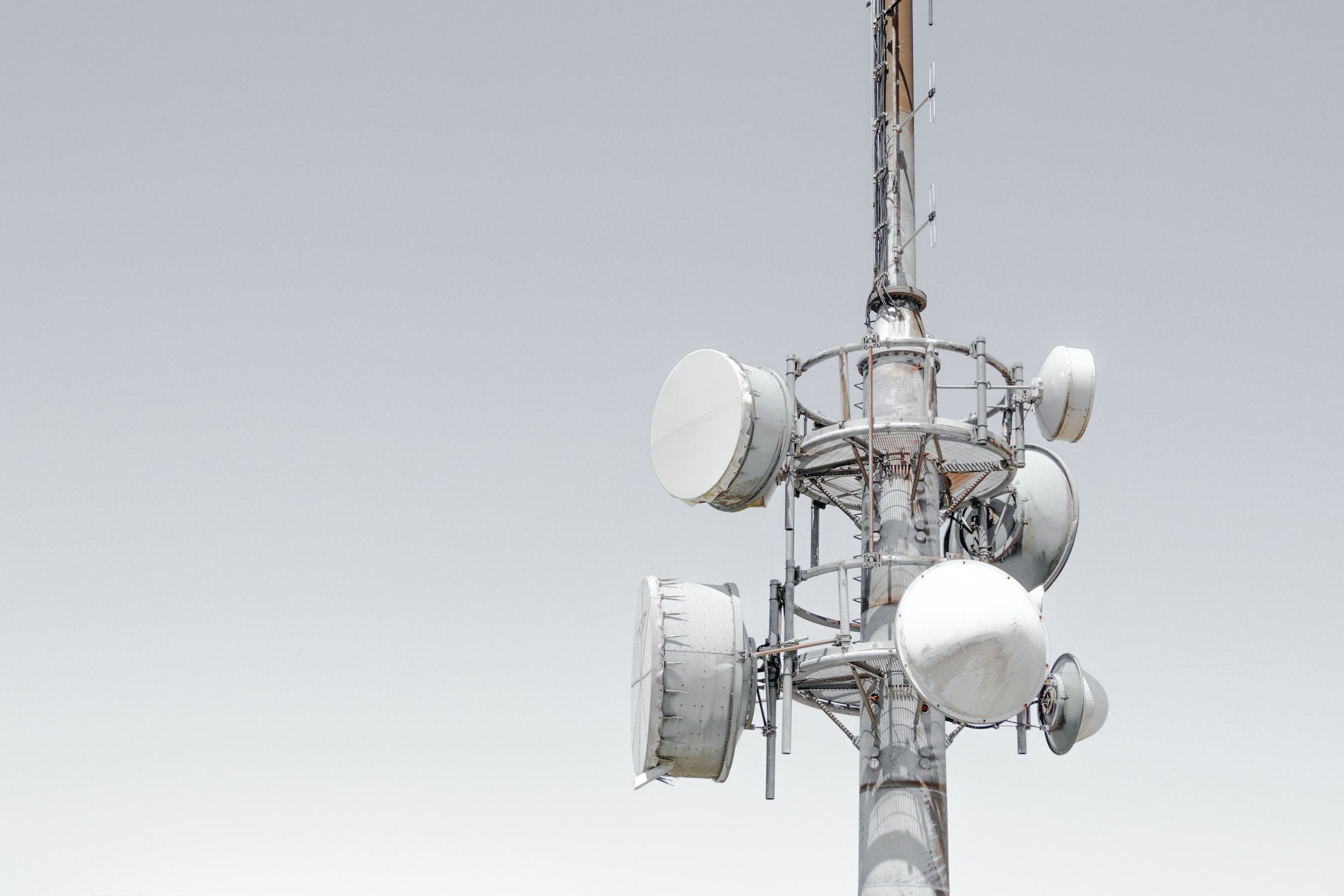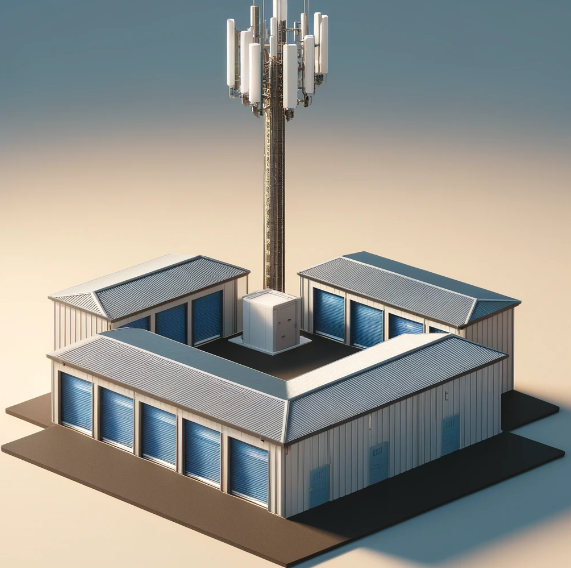Universities and DAS: Finding the Best Deployment Strategy and Understanding the Market

Universities And Das: Finding The Best Deployment Strategy And Understanding The Market
There are various ways in which businesses and public entities, such as universities, can implement Distributed Antenna Systems (DAS) within a given venue. If you are interested in deciding upon a best-practice deployment strategy for your organization, read on.
Contact Us
- Hire a Systems Integrator. In some deployment scenarios, the venue owner will hire a systems integrator, to whom the construction, design, maintenance and management of the DAS will be delegated. The systems integrator would also be responsible for communicating to and signing up the stakeholders (the WSPs).
- Contract with Neutral Host Providers. Third parties, known as neutral host providers, are eager to enter into agreements with venue owners, like universities, in which they are contracted to develop a DAS. The difference here is that the neutral host provider will own the DAS, and any revenue brought in from wireless carriers will be split between the venue owner and the neutral host provider.
- Solicit a WSP (Wireless Service Provider). In the case where there is a compelling number of subscribers and a sound value proposition, the WSP (Wireless Service Provider) will deal directly with the venue owner.
A Brief Behind-the-scenes Look At The Wireless Industry
Divestiture was the term used when the original ATT Corporation, which had been declared a monopoly, was broken up into the seven “Baby Bells.” The divestiture of 1974 did create competition in the telephone industry as it was intended to; however, it also left behind a legacy that made it difficult for competitors to collaborate on shared financial objectives. This is especially true when private venues are involved. Public venues (tax payer supported facilities like state universities, transportation authorities, or government agencies), on the other hand, are regulated by specific rules stating that WSPs should cooperate and in fact, team up with one another. In the latter, “share-and-share-alike” paradigm, every stakeholders contributes an equal share of money to the project and has equal access to all the equipment provisioned.
The Hard Realities Of “carrier-neutral” Private Das
When the venue is private the process of how to best interact and deploy final solutions is not always clear. What is understood is that WSPs naturally seek to deploy DAS infrastructure in given areas based upon their individual market shares, service offerings and network coverage. In other words, WSPs are very competitive, and they will do what they can to stay ahead of the game. When “equal sharing”, as seen in the public model above, is not mandatory, one carrier will inevitable be chosen to act as the lead on any specific DAS deployment. While it’s true that the lead carrier will be required to incorporate into the system design some aspects that are not essential to its own individual network infrastructure goals (and don’t even utilize the same frequencies), in an effort to make the DAS accessible to other carriers, you can be sure that, at the end of the day, it will have designed itself an advantage. The question is: how big of an advantage and how much will this impact other carriers from joining up?
Since the DAS equipment manufacturers’ gear is capable of re-promulgating any signal with quality, the lead carrier will be able to claim that the network environment is “Carrier Neutral.” In reality, however, there are many technical aspects that can favor the lead carrier over any subsequent participants. What you have to watch out for, is if there are too many inequalities (and the WSP favors itself too much), other carriers will not want to get involved at all, and your venue will be left with only one service provider. The impact would be a reduced number of service options to the students, faculty, and visitors, and reduced income or infrastructure investment to the University.
A Closer Look At Wsps Business Model
Wireless Service Providers are in the business of buying spectrum and then charging others (their subscribers) for its use. To be successful in an industry that leases spectrum to subscribers for pennies per call, WSPs naturally seek to increase their subscriber base and the average revenue per user, while winning sufficient competitor churn and reducing churn from their own customer base. Churn occurs when a subscriber is dissatisfied with its wireless service and jumps to another provider. If a given WSP has low churn, then its profits remain high. Likewise, if it has many unhappy subscribers, then its churn is high, and profits decline.
More than 70% of wireless traffic happens within buildings, so doing everything possible to leverage a position of advantage over the competition in a large building venue is a good way influence the local market share by creating a preferred customer-base. This strategy can be deployed by a lead WSP in these ways:
- Creating a design that hands off better to one network than another; and
- Defining reasonable prices for participation on shared nodes but higher pricing for ‘special’ circumstances.
Get To Know The Wsp Before Hiring It. They Each Have Their Own Present Objectives And Future Plans.
On some occasions the WSP that seems like the obvious choice to lead the DAS deployment today becomes a less good choice as time evolves. Considering the dynamics of the WSP community over the last 10 years, the likelihood that today’s lead carrier will morph into something different in the next 10 years is pretty high. In the WSP community nothing is permanent except change; and that change occurs with increasing rapidity as time progresses.
If you are a university, you have fans, faculty, students, and service providers that are concurrently using three generations of technology. Some lead carrier service providers are reluctant to provide 2G voice services, as their sunset is likely to occur inside the terms of the 10+ year lease agreements. Others may be anxious to deploy technology advancements and will insist that all participants pay for an upgrade from which they won’t be able to benefit for several years. Still others might be reluctant to upgrade the system in the case where it only benefits a competitor. These circumstances are generating frustrations and legal maneuverings in venues nationwide as second tier stakeholders seek assistance to resolve their differences with the lead carrier.
WSPs can typically agree on which venues in a given area require and deserve DAS investment. However, they will likely place those venues in differing orders of importance. It goes something like this: one service provider wants to complete upgrades to sports arenas – but only after the airports are done; while another has a determined objective to cover as many universities as possible. The difference in year over year priorities, combined with the difference in technology embracement intervals, requires a business circumstance where timely re-investments in the system occur when the first stakeholder has sufficient need, but without being a burden on the others.
Which Solution Is Best For You?
A prominent executive from a major carrier announced at a nationwide DAS conference that their team had installed their 1000th DAS Solution, a metric they took great pride in achieving. The executive then added that during that time, 3000 additional venues had put in their requests for similar solutions.
Most of these venues were enterprises where only a single carrier solution was required, which is clearly a preferred investment opportunity. Successful DAS projects where multiple service providers participate cooperatively over generations of technology evolution require several circumstances to be present at project inception.
- Subject matter expertise across all technologies being deployed.
- Experience in dealing with diverse needs of technical competitors.
- A heritage of executing long term lease agreements of shared assets.
- Immunity from the legal delays between carriers to avoid anti-trust quagmires.
“Venues requiring multi-carrier or host neutral solutions should be reluctant to expect that an organization specializing in the delivery of one technology can well assume the responsibility for a technology other than their own. As the differences among deployment tactics for various waveforms are substantial, trusting the needs of the many to an organization not familiar with those needs is a recipe for friction and disappointment.”
Steel in the Air has the cross-technology expertise and liaison experience to assure that the DAS systems deployed across the speedway community will create and maintain an optimum fan experience. When our resources engage, the venue is assured of a modular, expandable, evolutionary solution that will support the fans through whatever changes in the business and technology climate may occur. Wireless Service Providers are good at competing with one another for subscriber business; we are good at creating technical and business conditions conducive to a shared resource paradigm, with high levels of efficacy for all, while isolating the property or venue owner from the inter-stakeholder bickering derived from an uneven playing field.










